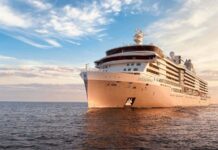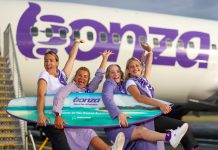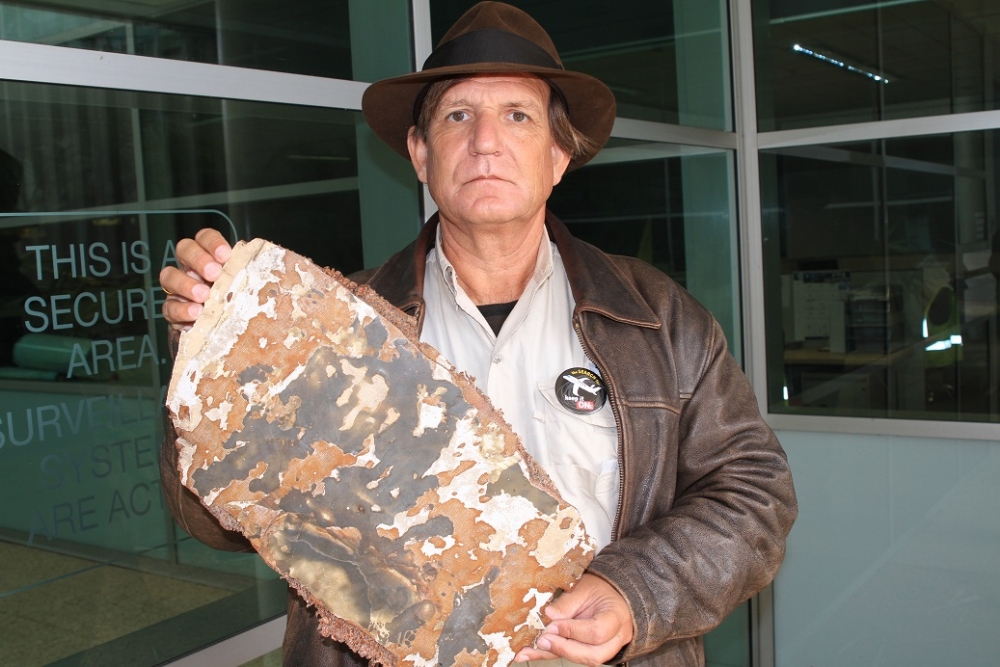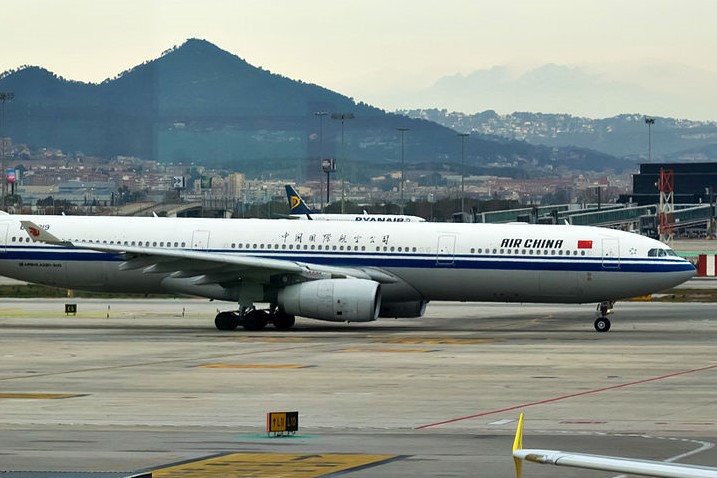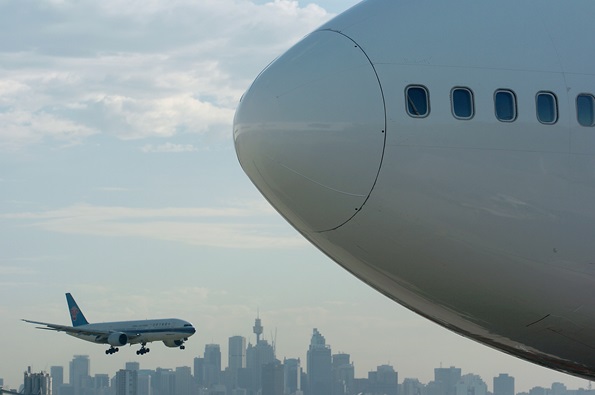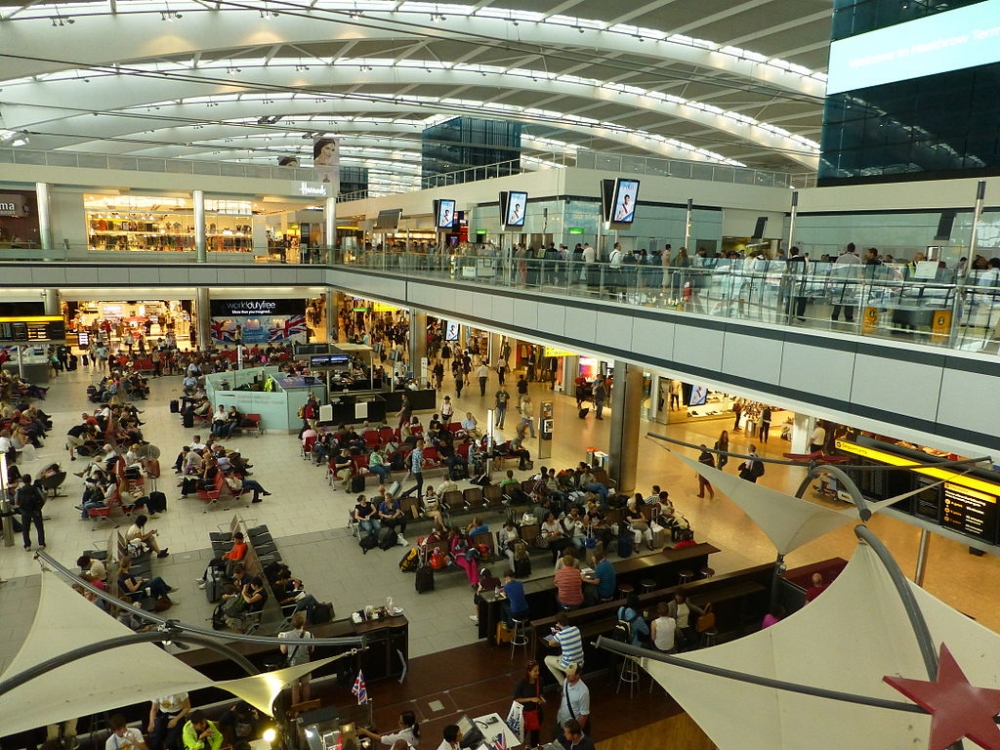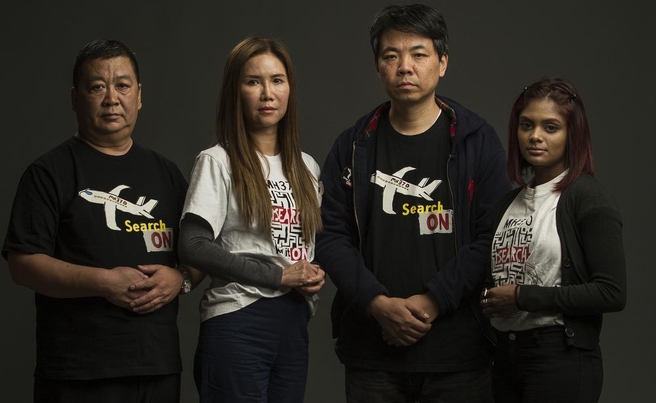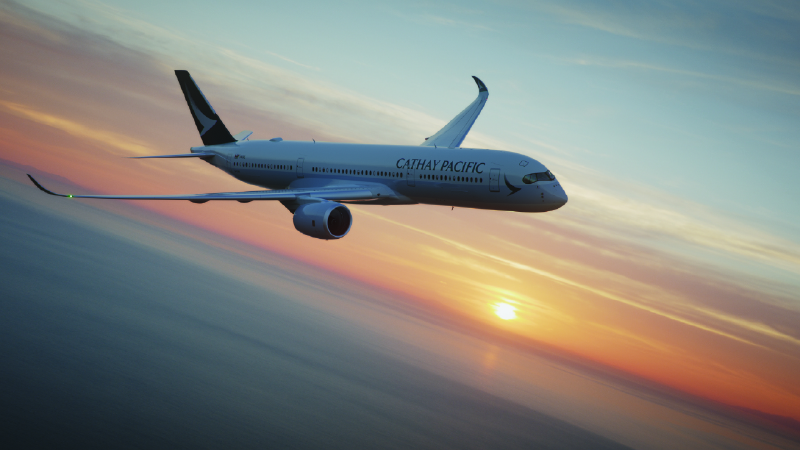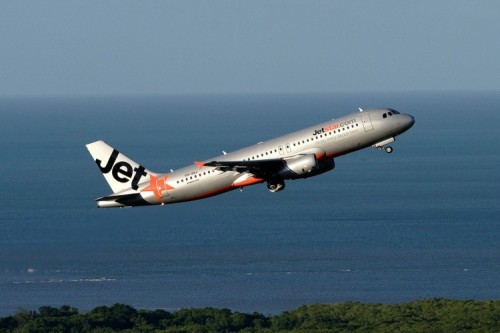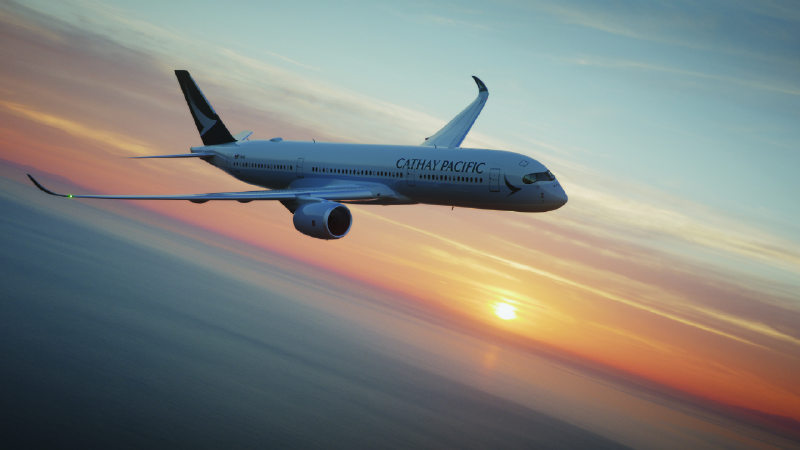AirAsia X has been under heightened surveillance by Australia’s air safety regulator since an Airbus A330 leaving Sydney last year was forced to divert to Melbourne after its crew seriously affected key systems trying to fix a data entry error.
Australia’s Civil Aviation Safety Authority has confirmed that the Kuala Lumpur-based budget airline has been subject increased ramp checks since the captain inadvertently entered the wrong longitude in the aircraft’s flight navigation system in March last year.
The error, outlined in an Australian Transport Safety Bureau report issued last week, placed the Kuala Lumpur-bound aircraft 11,000kms away from its actual location, prompting it to turn the wrong way after taking off and cross the departure path of an adjacent parallel runway.
Read: AirAsia X flight 11,000km off course
The crew did not detect the navigation problem until the plane was airborne and the aircraft was not fitted with an upgraded flight management system that would have prevented the data entry error.
Their attempts to fix the problem made matters worse by affecting key flight guidance and control systems.
At one point, the captain’s primary display lost all information except airspeed and vertical speed while the first officer’s display showed incorrect heading information and there was no usable map, waypoint of tracking information.
The autopilot and autothrust systems were also unavailable and some of the aircraft’s handling characteristics were affected.
The mounting problems meant the aircraft could land only in visual conditions and, when bad weather prevented it from doing so in Sydney, air traffic controllers used radar to vector it to Melbourne where the crew were able to land on the second attempt in better weather.
A CASA spokeswoman told AirlineRatings.com it was standard policy to review all safety occurrences and incidents involving foreign operators in Australian airspace.
She said AirAsia X had been involved in two incidents in the past 18 months, including the one involving the departure from Sydney airport.
The second involved loss of separation between an AirAsia A330 and an Airbus A320 on the Gold Coast on July 21 that was still under investigation by the ATSB.
“The ramp inspection frequency is determined based on a detailed analysis of the overall safety performance,’’ she said. “This applies to all foreign aircraft operators.’’
In the Gold Coast incident, an AirAsia X A330 was departing Gold Coast Airport for Auckland, New Zealand, while the A320 was arriving from Avalon, Victoria.
The aircraft were in visual meteorological conditions and each of the flight crews could see the other plane.
Air traffic control instructed the A330 to pass behind the A320 and climb but as it climbed both aircraft received a Traffic Collision Avoidance System (TCAS) resolution advisory and the controller received a short-term conflict alert.
The ATSB found that separation had reduced to about 600ft vertically and 0.35nm (630m) laterally compared to a required separation of 1000ft and 3nm (6km).
“Although there was a loss of separation, there was no collision risk as both crews smoothly completed the advisory manoeuvres associated with the TCAS RA,’’ investigators said.
The AirAsia group has also been involved in a serious incident in Perth, Western Australia, in February when the pilots of an Indonesia AirAsia flight approaching the airport at night were told to abort their landing because they were 300m too low.
AirAsia X has been asked to comment on CASA’s increased scrutiny but is yet to respond.
However, last week AirAsia X said it had taken corrective action prior to the publication of the ATSB report to upgrade flight management systems across its fleet.
It had also developed a training bulletin and package for flight crew that emphasised correct operation and alignment of air data and inertial reference system and briefed all pilots on an internal review.
“We also wish to reiterate that we have in place robust management systems to monitor and prevent similar incidents from reoccurring,’’ it said. “The airline has regularly passed safety and security audits conducted by various international regulators. We remain committed to ensuring our compliance to all safety and security regulations.’’



